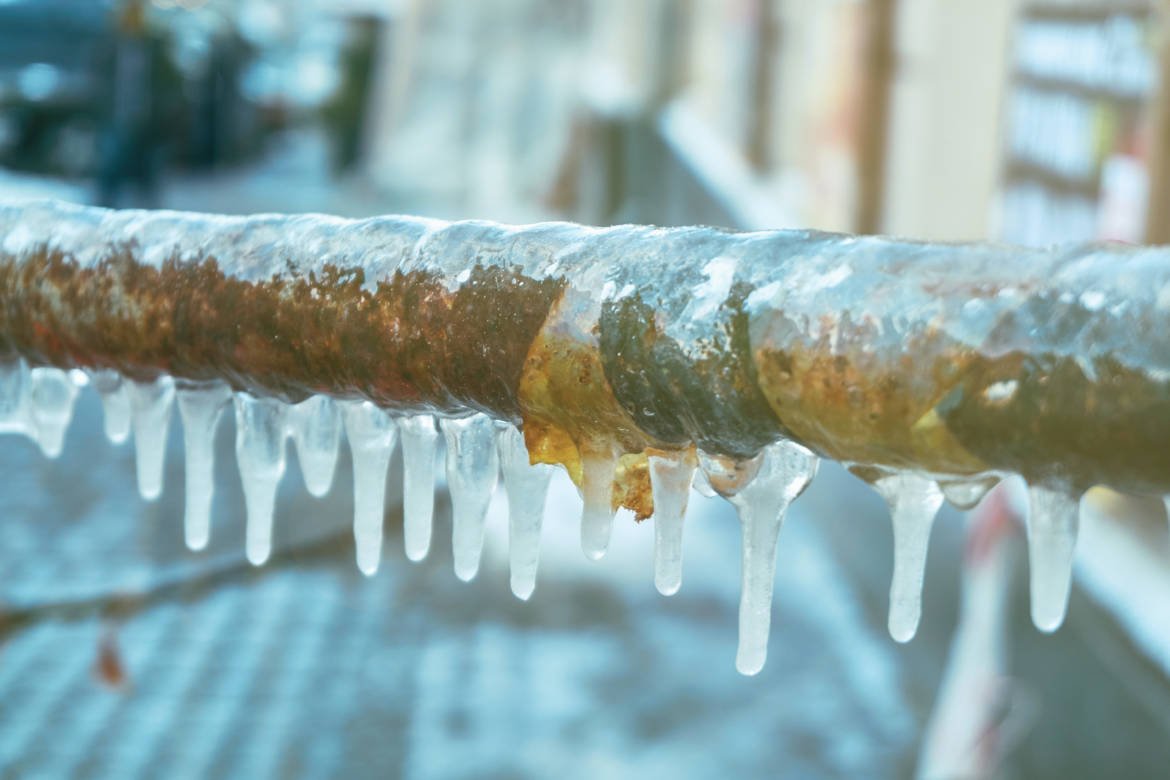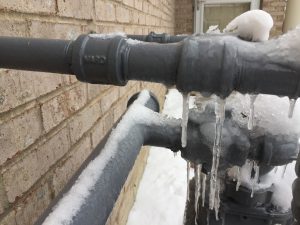Here on the next paragraphs you can discover a lot of decent content concerning 6 Ways to Prevent Frozen Pipes.

Cold weather can damage your plumbing, especially by freezing pipelines. Here's how to prevent it from happening and what to do if it does.
Intro
As temperature levels drop, the risk of icy pipelines increases, possibly resulting in pricey repair services and water damages. Recognizing exactly how to stop frozen pipes is crucial for homeowners in cool environments.
Recognizing Frozen Pipes
What triggers pipes to freeze?
Pipelines ice up when exposed to temperatures listed below 32 ° F (0 ° C) for extended durations. As water inside the pipelines freezes, it increases, putting pressure on the pipe walls and potentially causing them to break.
Risks and problems
Icy pipelines can bring about water disruptions, residential property damage, and pricey repair services. Ruptured pipes can flooding homes and trigger comprehensive architectural damage.
Indicators of Frozen Pipeline
Recognizing frozen pipes early can avoid them from breaking.
How to determine icy pipelines
Seek lowered water flow from taps, uncommon smells or sounds from pipelines, and visible frost on subjected pipelines.
Prevention Tips
Shielding vulnerable pipes
Wrap pipes in insulation sleeves or utilize warm tape to safeguard them from freezing temperature levels. Concentrate on pipelines in unheated or outside areas of the home.
Heating strategies
Maintain indoor rooms appropriately warmed, specifically locations with pipes. Open up cupboard doors to permit cozy air to flow around pipelines under sinks.
Safeguarding Outdoor Pipes
Yard hose pipes and outside taps
Separate and drain pipes garden pipes before winter months. Set up frost-proof spigots or cover outdoor taps with insulated caps.
What to Do If Your Pipes Freeze
Immediate activities to take
If you think icy pipelines, maintain taps open up to ease pressure as the ice melts. Use a hairdryer or towels soaked in warm water to thaw pipelines gradually.
Long-Term Solutions
Structural modifications
Think about rerouting pipes far from outside walls or unheated locations. Include extra insulation to attic rooms, cellars, and crawl spaces.
Upgrading insulation
Buy high-quality insulation for pipelines, attics, and walls. Correct insulation aids keep regular temperature levels and minimizes the risk of icy pipelines.
Final thought
Preventing frozen pipes calls for positive measures and quick reactions. By recognizing the causes, signs, and preventive measures, home owners can safeguard their pipes throughout cold weather.
5 Ways to Prevent Frozen Pipes
Drain Outdoor Faucets and Disconnect Hoses
First, close the shut-off valve that controls the flow of water in the pipe to your outdoor faucet. Then, head outside to disconnect and drain your hose and open the outdoor faucet to allow the water to completely drain out of the line. Turn off the faucet when done. Finally, head back to the shut-off valve and drain the remaining water inside the pipe into a bucket or container. Additionally, if you have a home irrigation system, you should consider hiring an expert to clear the system of water each year.
Insulate Pipes
One of the best and most cost-effective methods for preventing frozen water pipes is to wrap your pipes with insulation. This is especially important for areas in your home that aren’t exposed to heat, such as an attic. We suggest using foam sleeves, which can typically be found at your local hardware store.
Keep Heat Running at 65
Your pipes are located inside your walls, and the temperature there is much colder than the rest of the house. To prevent your pipes from freezing, The Insurance Information Institute suggests that you keep your home heated to at least 65 degrees, even when traveling. You may want to invest in smart devices that can keep an eye on the temperature in your home while you’re away.
Leave Water Dripping
Moving water — even a small trickle — can prevent ice from forming inside your pipes. When freezing temps are imminent, start a drip of water from all faucets that serve exposed pipes. Leaving a few faucets running will also help relieve pressure inside the pipes and help prevent a rupture if the water inside freezes.
Open Cupboard Doors
Warm your kitchen and bathroom pipes by opening cupboards and vanities. You should also leave your interior doors ajar to help warm air circulate evenly throughout your home.

Do you like reading up on Prevent Frozen Pipes ? Leave a comment further down. We will be delighted to see your reactions about this write up. In hopes that you visit us again in the future. Be sure to take the time to distribute this blog post if you enjoyed reading it. Thanks a lot for your time. Revisit us soon.
Book Service Now